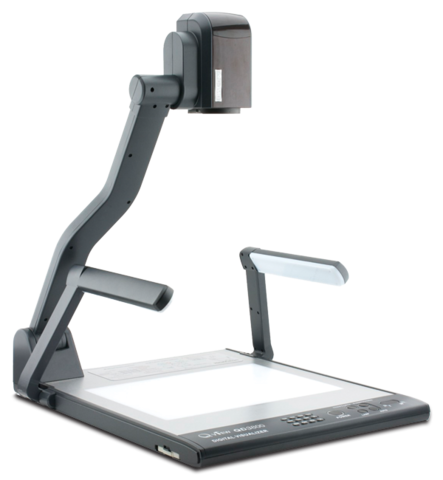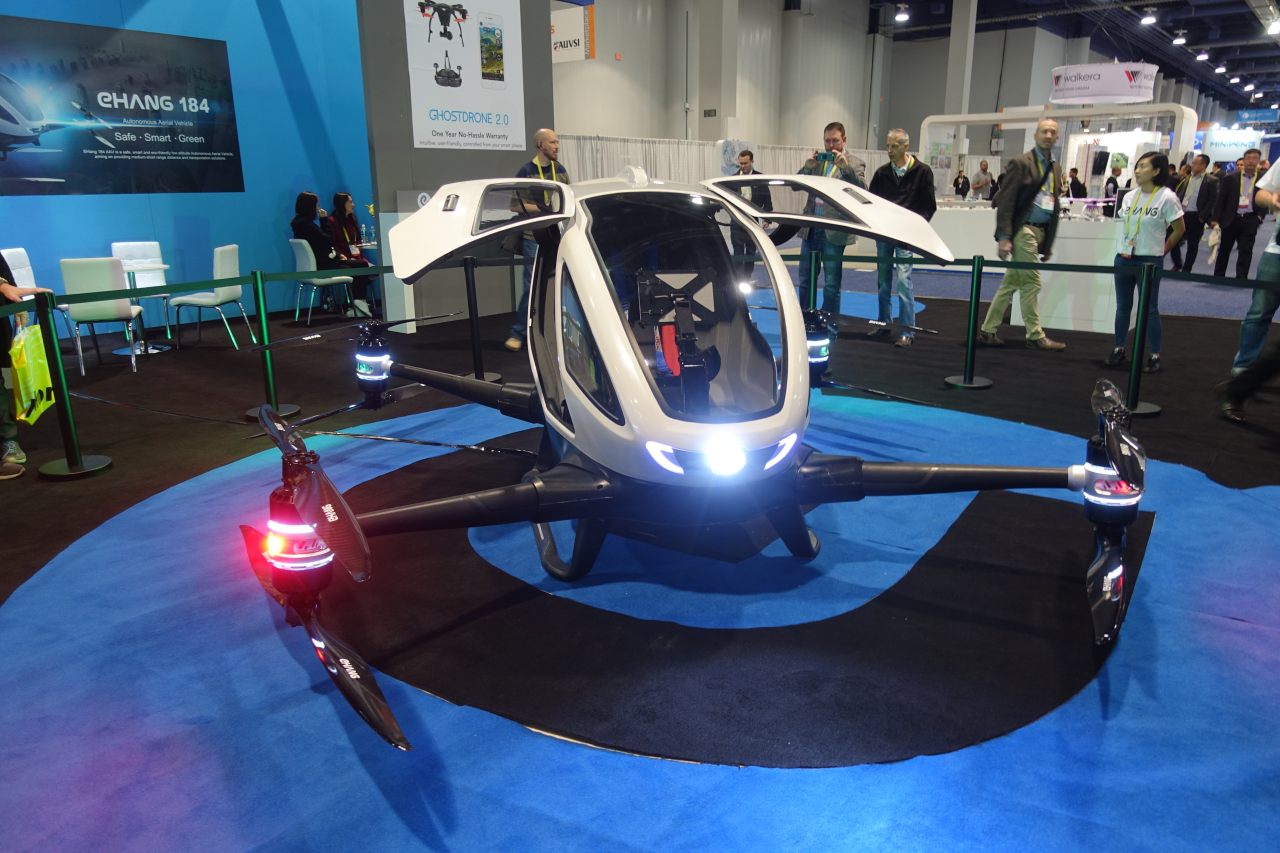To fix gerrymandering, a test is needed -- or an interstate compact
Submitted by brad on Thu, 2017-03-30 18:41One of the key flaws in the US political system is gerrymandering. I have written about this before even proposing my own method of redistricting, but such proposals only have a limited utility.
In this article I present why court solutions have had trouble, and a potentially new approach using an interstate compact.
Gerrymandering is particularly bad in the USA, but it's a general "bug" in many democratic systems. The flaw is often summed up with the phrase "The politicians pick the voters instead of vice versa." When the incumbent legislators and parties can draw the districts, they can bias the system heavily in their favour. In the USA, the house of representatives is currently highly biased towards the Republican party. It is often cited that the Republicans won 49.9% of popular votes for congress but got 55% of the seats. You can't actually add the individual house votes, because people vote (or rather stay away) differently in safe districts than they do in contested one, but the margin is large enough that the trend is clear.
This is in large part due to Operation Redmap which is documented in the book Ratfucked. It truly fits the description "fiendishly clever plan" and exploits the bug to the level of making it close to permanent.
How districts are drawn is left to the states both in the constitution and the law. Some states have moved to create more fair districting rules, the sort of rules you would make up if you were doing it from a nonpartisan standpoint. However, the hard fact is that those states which do this are chumps. It does not make the system more fair if one side stops cheating -- and I do think of gerrymandering as cheating -- and the other side keeps on cheating. It just assures victory for the cheating side going forward. At the same time, having all sides cheat indefinitely is not a good solution either.
 The constitution says very little about districting. In fact, it doesn't even demand districts! States could have, if they chose, selected their representatives in a statewide proportional vote. Later federal laws, however, have demanded each person have one congress member, which demands geographic districts. About half the states require the districts be contiguous, but the others don't. The voting rights act and other principles have forbidden drawing the lines on racial or minority grounds, but not on the grounds of "this helps incumbents keep their seats" -- that's still largely within the rules.
The constitution says very little about districting. In fact, it doesn't even demand districts! States could have, if they chose, selected their representatives in a statewide proportional vote. Later federal laws, however, have demanded each person have one congress member, which demands geographic districts. About half the states require the districts be contiguous, but the others don't. The voting rights act and other principles have forbidden drawing the lines on racial or minority grounds, but not on the grounds of "this helps incumbents keep their seats" -- that's still largely within the rules.
In any event, as long as gerrymandering is benefiting the GOP, they are not going to commit political suicide to remove it. States controlled strongly by one party or the other will resist willfully hurting their own parties, though there are exceptions when states have ballot resolutions. The supreme court ruled, barely, that the public can supersede the legislatures on this matter with a ballot proposition, and so that has happened. While the public belong to parties, they are actually more interested in fairness than party loyalty.
A constitutional amendment could fix this, but that's not going to happen. And strong federal law could probably fix it, but that's not coming from houses controlled by the people which benefit from the cheating.
As such, the solution can only come from the courts, or ballot propositions in a balanced set of states.
A good summary of the rules around districting in the different states can be found at this site.
But it's not actually fair play, say the courts
Justices of the supreme court have reportedly all denounced gerrymandering to cement political control. They agree that it violates the principles of the constitution of one person one vote and equal protection, as it effectively eliminates for partisan reasons the voting power of many. Even agreeing with this, for now they feel powerless to stop it.
We can all see gerrymandering happen, but for the courts to do something about it, they would need to define fair and unbiased test which says when it is happening. This is hard, as courts are reluctant to write sets of rules like that -- that is the province of the other branches of government. Courts don't make the rules, they just decide if people are playing fairly by the rules that the other branches created.
So while it's easy for you or I to propose fair rules for districting -- rectangular districts or my own convexity test above -- these just aren't the sort of rules courts are willing to make up. You can't extract them from the constitution. A court can look at a crazily shaped district and know "this is unfair" but it has to come up with a way that the states can objectively know what is fair and what isn't, without being the author of its own rules.
One proposed rule that's been advocated is the voting efficiency gap. Here, they try to measure how many votes were "wasted" because of district design. If a district went 80% for one party and 20% for the other, 30% of party A's votes are wasted, and20% of party Bs, and the difference between these numbers tells how biased that election was.
It's a nice test but one can see immediate flaws. For example, in a state biased 55% to 45%, a "perfect" districting where every district has the same balance as the state would result in 100% of seats for the dominant party. Since one party is strong in cities and the other strong in the country, any geographic set of districts is going to have these "inefficiencies" with inner cities voting 80% Democratic in the same state as a rural district votes 80% Republican -- without any intent to cheat in how the lines are drawn. As noted, proportional non-geographic districts are not going to happen.
The courts, if they are to help us, need a test which will clearly let them tell states, "If you don't draw your districts to match this test, they will be ruled invalid." It's easy to come up with fair, non-partisan tests to use, but the problem is that it is easy and so there are several you could use -- and why should one be chosen over another? The legislatures can choose one option from many, but the courts are not to be arbitrary in that way. Their test has to clearly match some principle they find in the law.
You can propose convexity, or straight lines, or random selection -- but none of them answer the question of "why does the law demand that particular one, vs. another?" They will ask this because any system, even if non-partisan, will benefit one party more than a different choice and thus have the appearance of being chosen from the pool for a partisan reason. And perhaps more than the appearance.
Ballot propositions and a State Compact
Individual states deciding to play fair just cede their power. Perhaps another option is possible -- through a compact of states dedicated to fair districting.




 There is no software today that can turn that video into a well scanned document. But there will be. Truth is, we could write it today, but nobody has. If you scan this way, you're making the bet that somebody will. Even if nobody does, you can still go into the video and find any page and pull it out by hand, it will just be a lot of work, and you would only do this for single pages, not for whole documents. You are literally saving the document "for the future" because you are depending on future technology to easily extract it.
There is no software today that can turn that video into a well scanned document. But there will be. Truth is, we could write it today, but nobody has. If you scan this way, you're making the bet that somebody will. Even if nobody does, you can still go into the video and find any page and pull it out by hand, it will just be a lot of work, and you would only do this for single pages, not for whole documents. You are literally saving the document "for the future" because you are depending on future technology to easily extract it.



